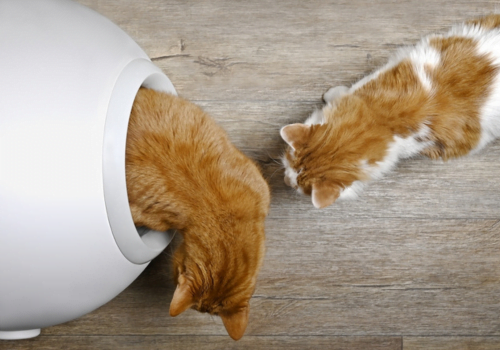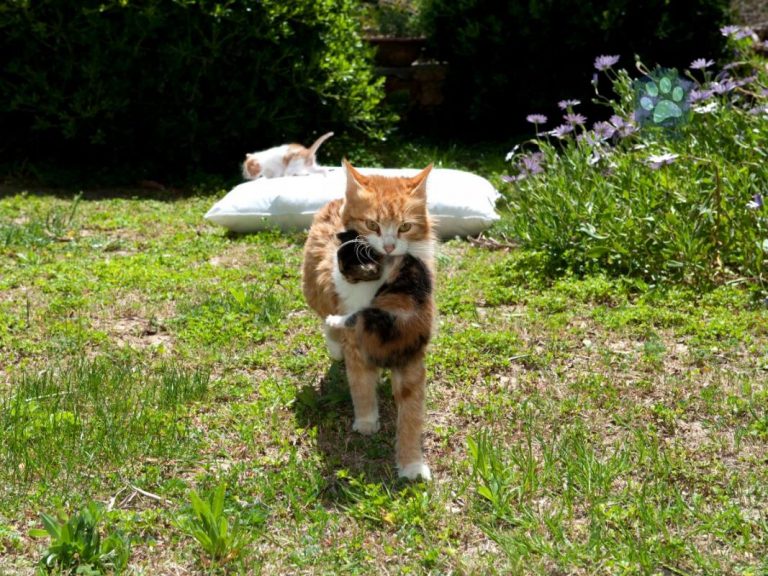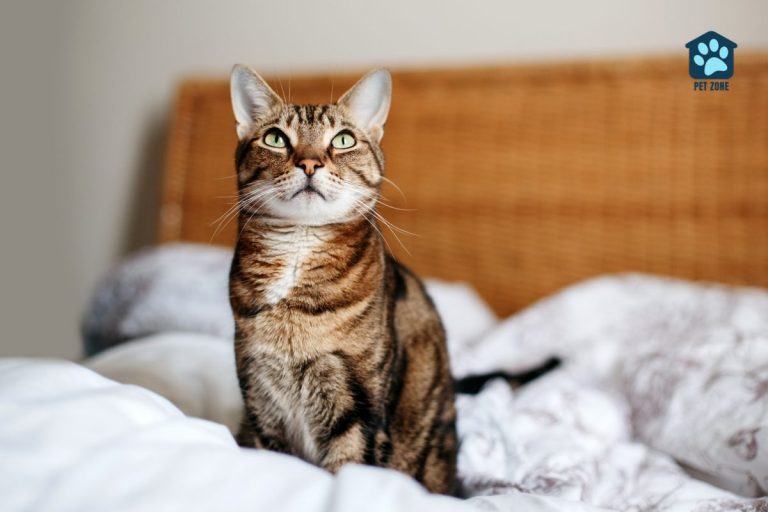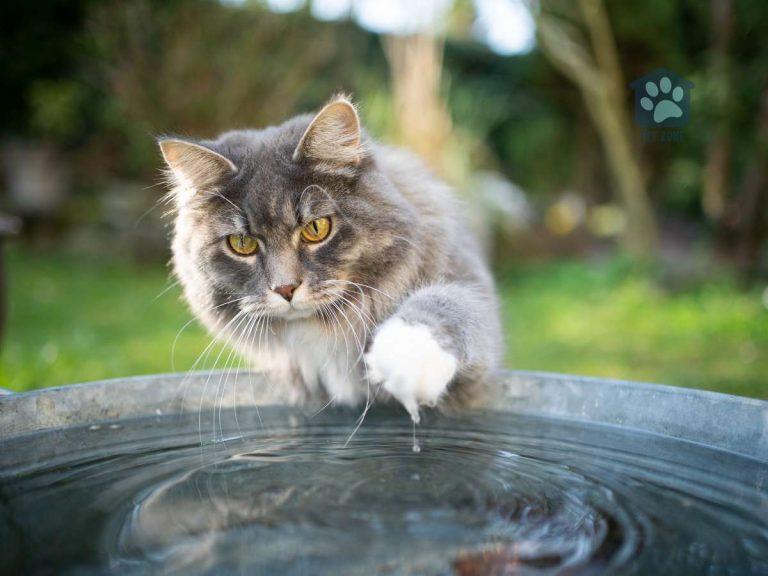Estimated reading time: 3 minutes
Imagine a world where your daily routine no longer includes the arduous task of scooping your beloved feline’s litter box. A world where the unpleasant odors are a thing of the past, and maintaining your pet’s hygiene becomes an effortless experience. This world is not a figment of a science fiction novel, but a reality made possible by the advent of self-cleaning litter boxes!
But how do self-cleaning litter boxes actually work? How do they manage to transform our daily lives and bring about such a revolutionary change? Let’s dive into the fascinating world of self-cleaning litter boxes and unravel the mystery behind their operation.
Understanding the Concept of a Self-Cleaning Litter Box
A self-cleaning litter box is an innovative pet accessory designed to automatically or manually remove waste from your cat’s litter box, making it a hassle-free and cleaner experience for both the cat and the owner.
The Need for a Self-Cleaning Litter Box
Traditional litter boxes require constant attention and manual cleaning, which can be time-consuming and unhygienic. On the other hand, a self-cleaning litter box provides a cleaner and more efficient solution, hence its growing popularity among cat owners.
The Technology Behind Self-Cleaning Litter Boxes
Self-cleaning litter boxes utilize advanced technology to detect when your cat has used the box and to subsequently clean it. The technology may vary depending on the type of self-cleaning litter box in question.
Types of Self-Cleaning Litter Boxes
There are primarily two types of self-cleaning litter boxes: Automatic and manual.
Automatic Litter Boxes
Automatic litter boxes are the most technologically advanced type of self-cleaning litter box.
How Automatic Litter Boxes Work
These boxes are equipped with sensors that detect when your cat has used the box. After a preset time, the litter box automatically scoops or sifts the waste into a sealed compartment, leaving clean litter behind. The owner only needs to dispose of the waste compartment when it’s full.
Manual Self-Cleaning Litter Boxes
While not entirely automatic, manual self-cleaning litter boxes still make the cleaning process easier compared to traditional litter boxes.
How Manual Self-Cleaning Litter Boxes Work
These boxes usually have a sifting system. The owner manually operates a lever or similar mechanism that separates clumped waste from the clean litter, depositing it into a compartment for easy disposal.
Benefits of Using a Self-Cleaning Litter Box
The advantages of using a self-cleaning litter box are manifold.
Convenience
The most obvious benefit is convenience. It saves you from the unpleasant task of daily scooping and reduces the frequency of litter changes.
Hygiene
Self-cleaning litter boxes provide a more hygienic environment for your cat by removing waste promptly. This also helps to reduce odors.
Time Saving
Given the automation of the cleaning process, self-cleaning litter boxes save a significant amount of time and effort for cat owners.
Things to Consider Before Buying a Self-Cleaning Litter Box
Before investing in a self-cleaning litter box, there are several factors to consider.
Size and Space
You need to ensure that the litter box is the right size for your cat and that you have enough space in your home for its placement. Some automatic litter boxes can be quite large.
Power Source
Automatic litter boxes require a power source to operate. Make sure you have a convenient power outlet nearby, or look for battery-operated models if that’s not feasible.
Cost
Self-cleaning litter boxes can be significantly more expensive than traditional ones. However, the convenience and time saved often outweigh the initial cost.
Conclusion
A self-cleaning litter box works by automating or simplifying the process of waste removal from your cat’s litter box. Whether automatic or manual, self-cleaning litter boxes provide a convenient, hygienic, and time-saving solution for pet parents. However, when choosing the right one, factors such as size, space, power source, and cost should be considered.
As an Amazon Associate I earn from qualifying purchases.








